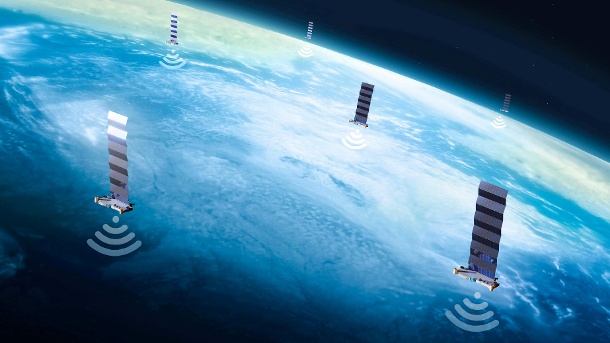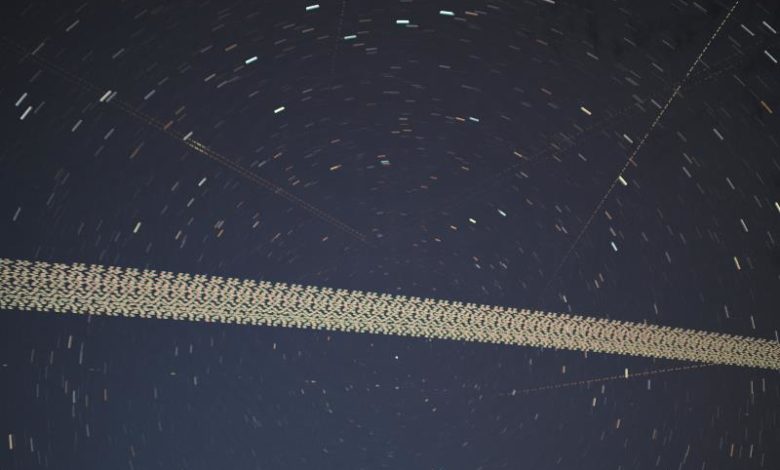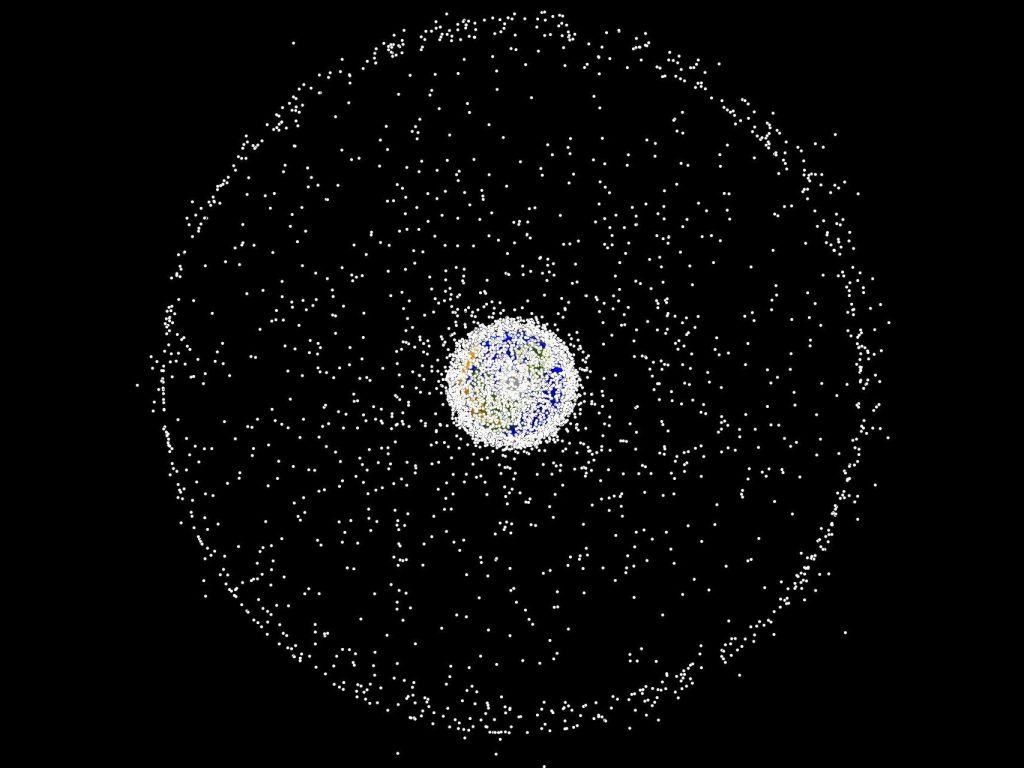Thousands of communication satellites are being designed and launched at a rapid pace. These satellites will have a negative impact on observational astronomy research and are likely to significantly disrupt recreational or traditional cultural stargazing.
If you look up in the sky, you might notice a sequence of bright star-like objects moving in a straight line. Those aren’t stars. They’re Starlink satellites, and they’ll soon be even more noticeable in the dark sky.

Samantha Lawler, assistant professor of astronomy at the University of Regina, recently wrote a piece in The Conversation warning that “one out of every 15 points” of light in the sky could someday be a satellite rather than a star. Moreover, she said he also thinks that satellite companies like Elon Musk’s SpaceX’s Starlink will immensely impact space research.
“This will be devastating to research astronomy and will completely change the night sky worldwide,” she wrote.

Lawler’s forthcoming study will be published in The Astronomical Journal, which will show evidence for the adverse stargazing effects of satellite megaconstellations like SpaceX’s.
Given that firms like SpaceX offer internet to locations around the world that might otherwise be without it, Lawler believes that regulatory agencies should limit the number of visible satellites in orbit.
“Our perspective of the stars will soon be changed forever,” she added if that doesn’t happen.

“We can’t accept the global loss of access to the night sky, which we’ve been able to see and connect with for as long as we’ve been human,” she wrote.
Our orbit is clogged with space debris. Starlink’s satellites have to avoid space junk as well. Will legislators intervene to put a stop to it? If prior responses to existential concerns like climate change are any indication, it will be considered later rather than sooner.


